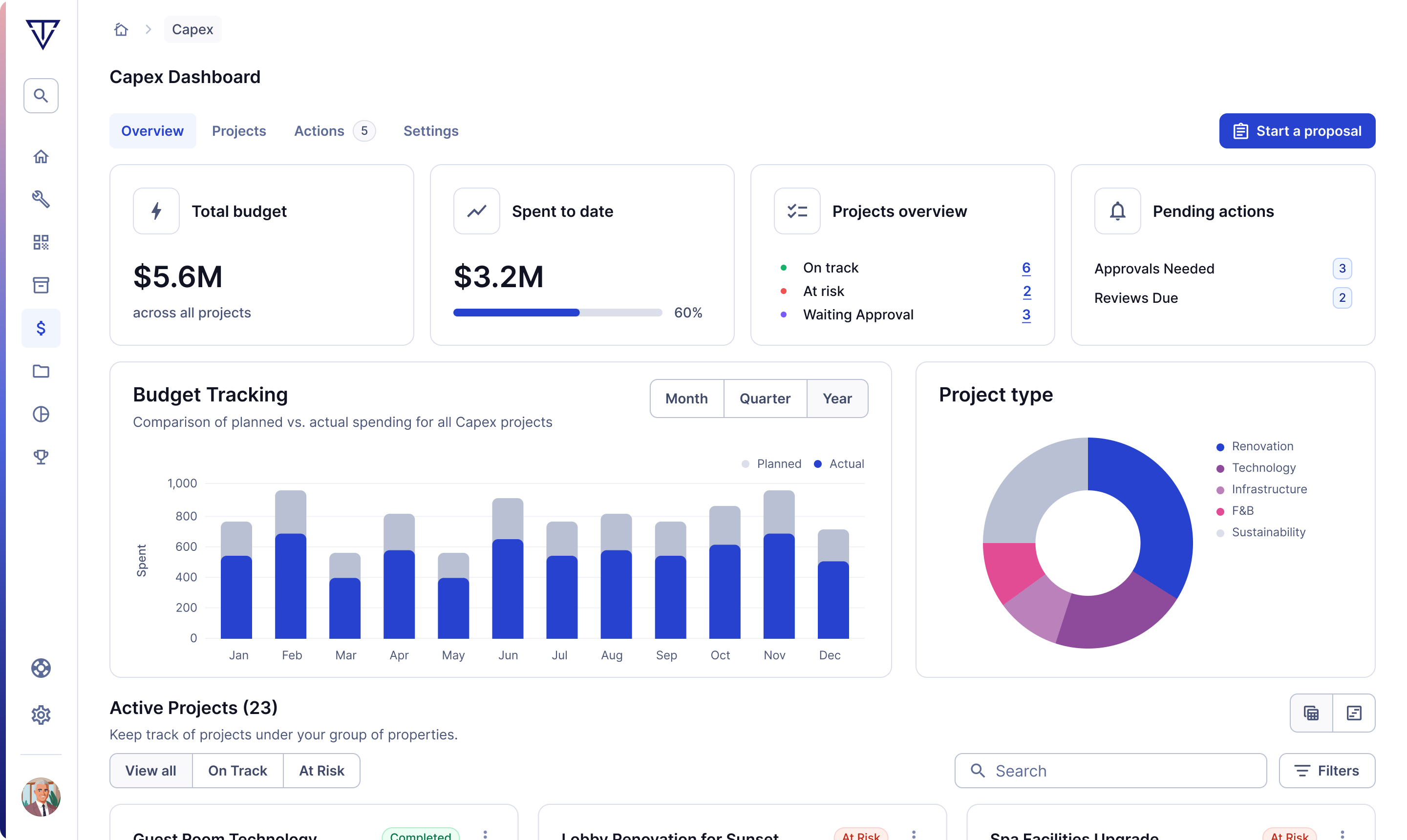Role
Staff Product Designer
Timeline
6 months (Aug 2024 - Feb 2025)
Tools
Claude Code, VSCode, Figma, Figma MCP, GitHub, GitHub Copilot
Platform
Web & Mobile
The Challenge
Actabl serves 12,000+ hotels globally with an integrated suite combining business intelligence, labor management, and operations software.
After successfully unifying four acquired products, we faced a perception gap: we were integrated but not inspiring.
How do we shift from being perceived as legacy software to becoming the visionary partner that redefines hospitality technology expectations?
The Science Behind Beautiful Software
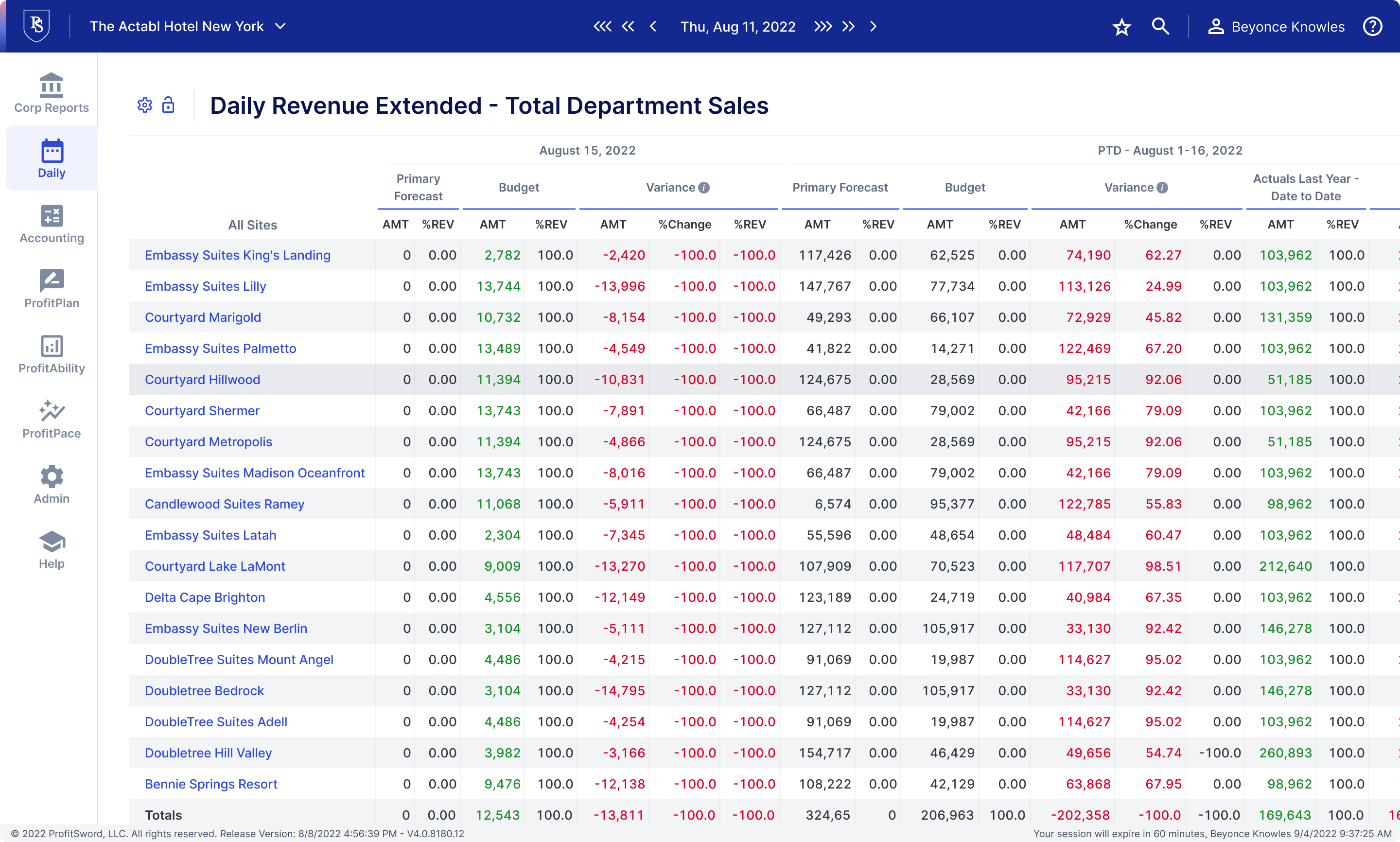
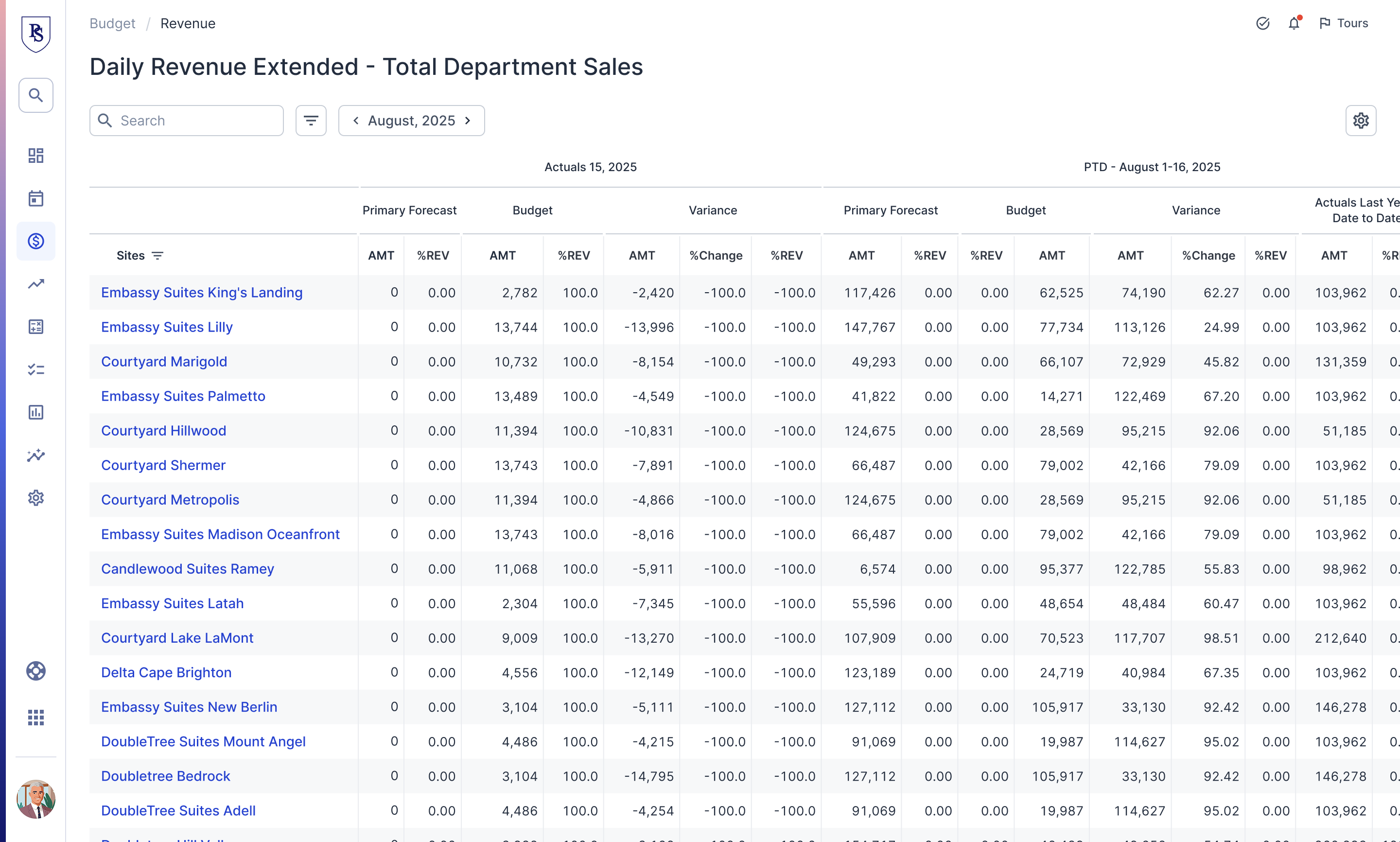
Product Design team established the Aesthetic-Usability Effect as our foundation—the principle that visual excellence directly influences perceived functionality and value. This wasn't aesthetic preference; it was strategic positioning backed by cognitive science.
Working with our director of Product Design, I translated this principle into a vision that would resonate with both technical teams and business stakeholders.
Storytelling as Strategy
To sell the vision to leadership, we created a presentation deck infused with hospitality storytelling—connecting Actabl's innovation to hospitality's transformation history.
The narrative positioned us as the modern equivalent of the Tremont Hotel, which revolutionized the industry with indoor plumbing and electric bells.
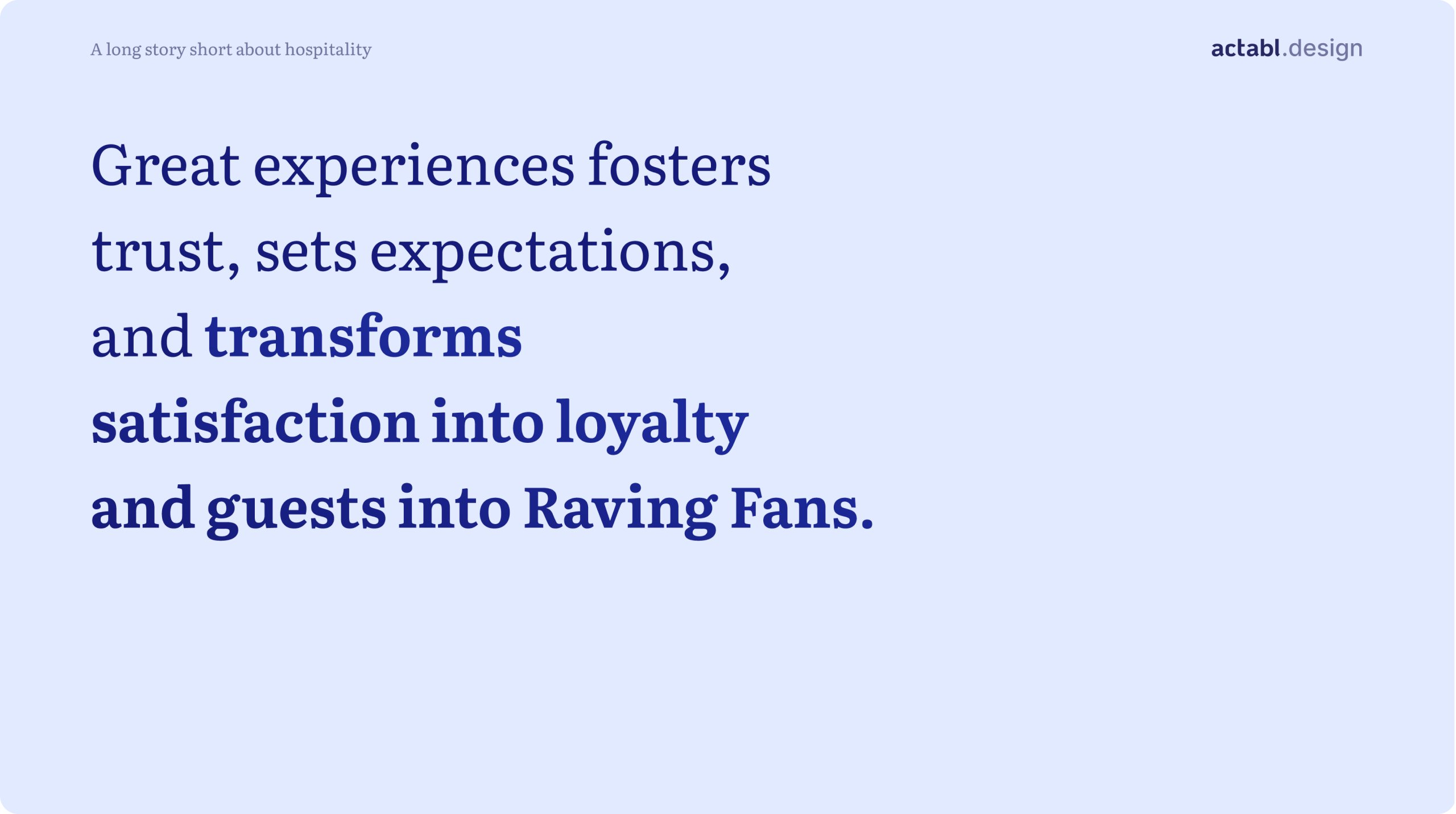
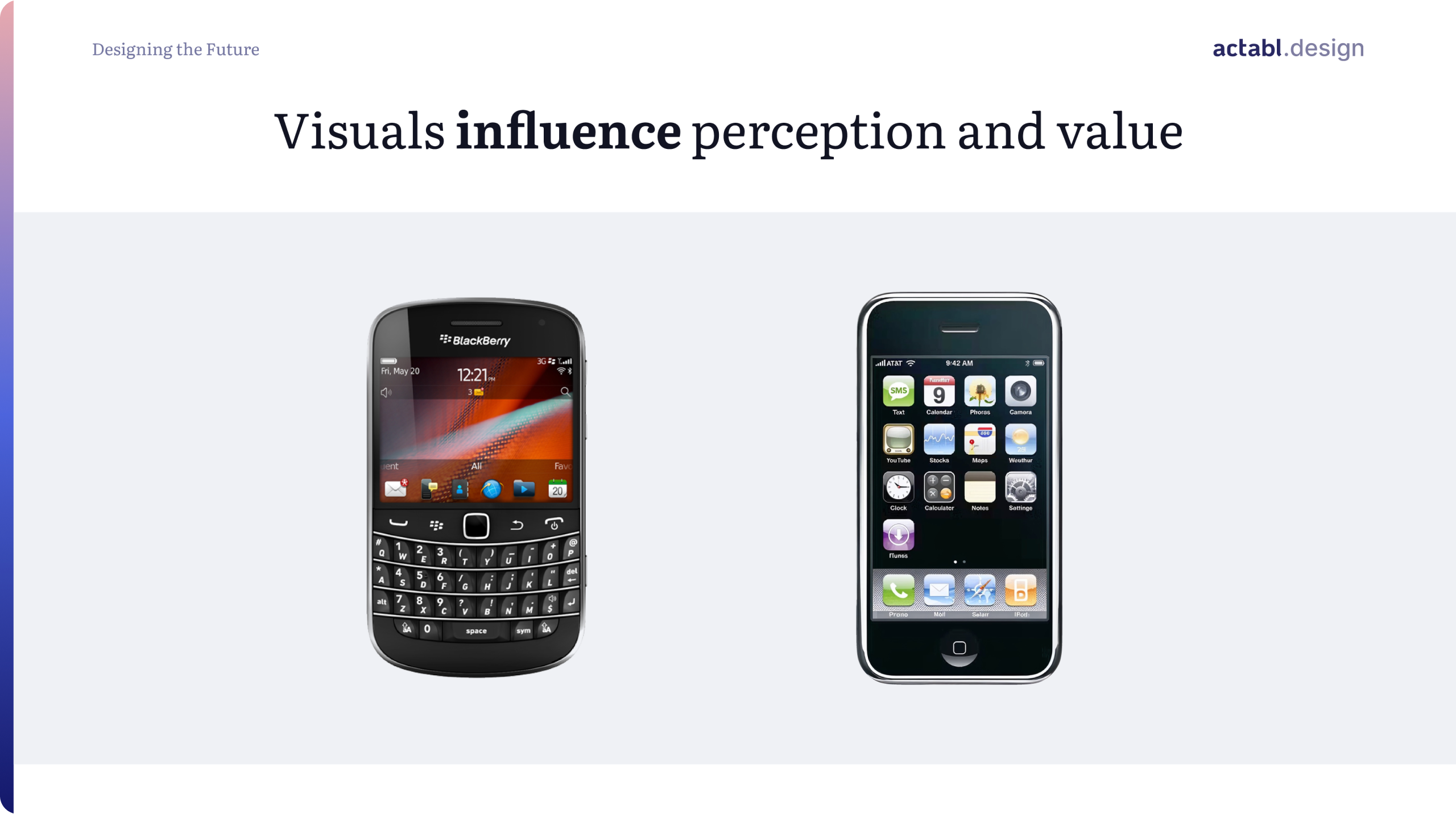
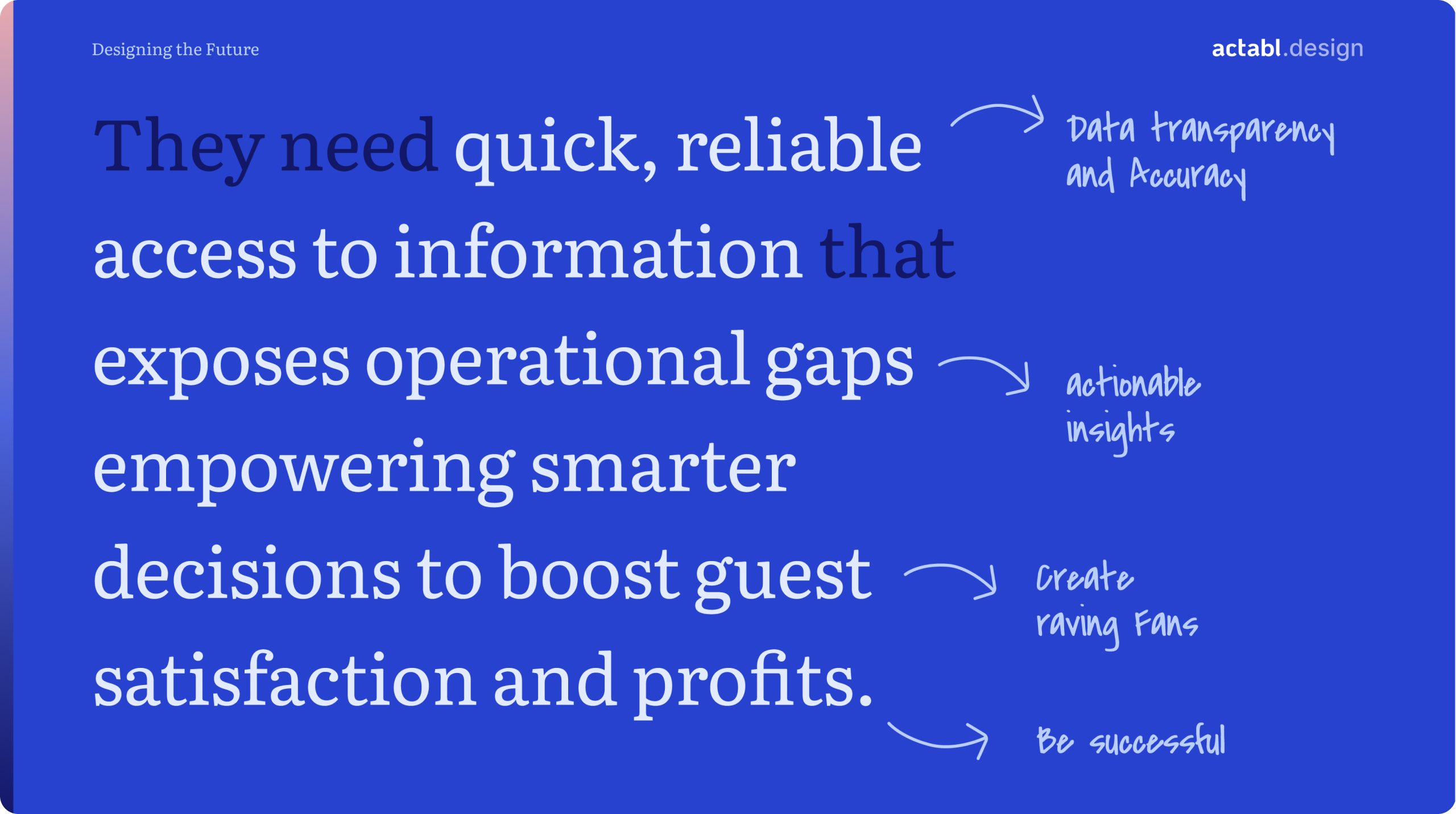
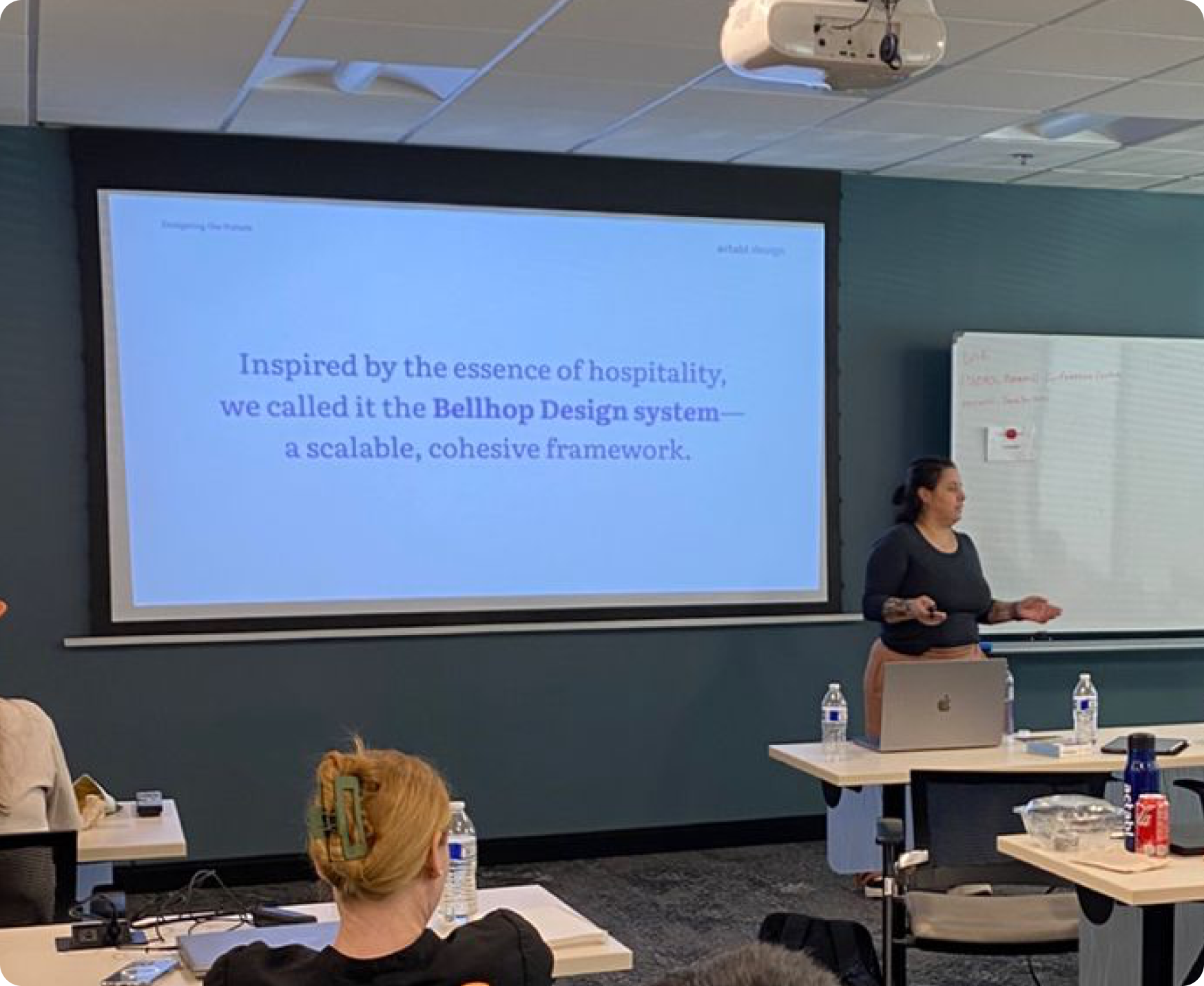
February 2025: Presented the complete Product Design Vision deck at the Atlanta off-site to product and marketing leadership, securing executive alignment on design as a strategic differentiator.
Building the Foundation
Foundational UI Architecture


- Crafted base UIs for all 4 products, establishing scalable design patterns
- Created UI patterns and mentored designers implementing vision across products
- Prototyped future-state concepts: unified dashboards, CapEx planning, mobile operations
- Established continuous discovery framework: "What are our users looking for?"
Future-State Concepts
Prototyped future-state concepts including unified dashboards, CapEx planning, and mobile operations:
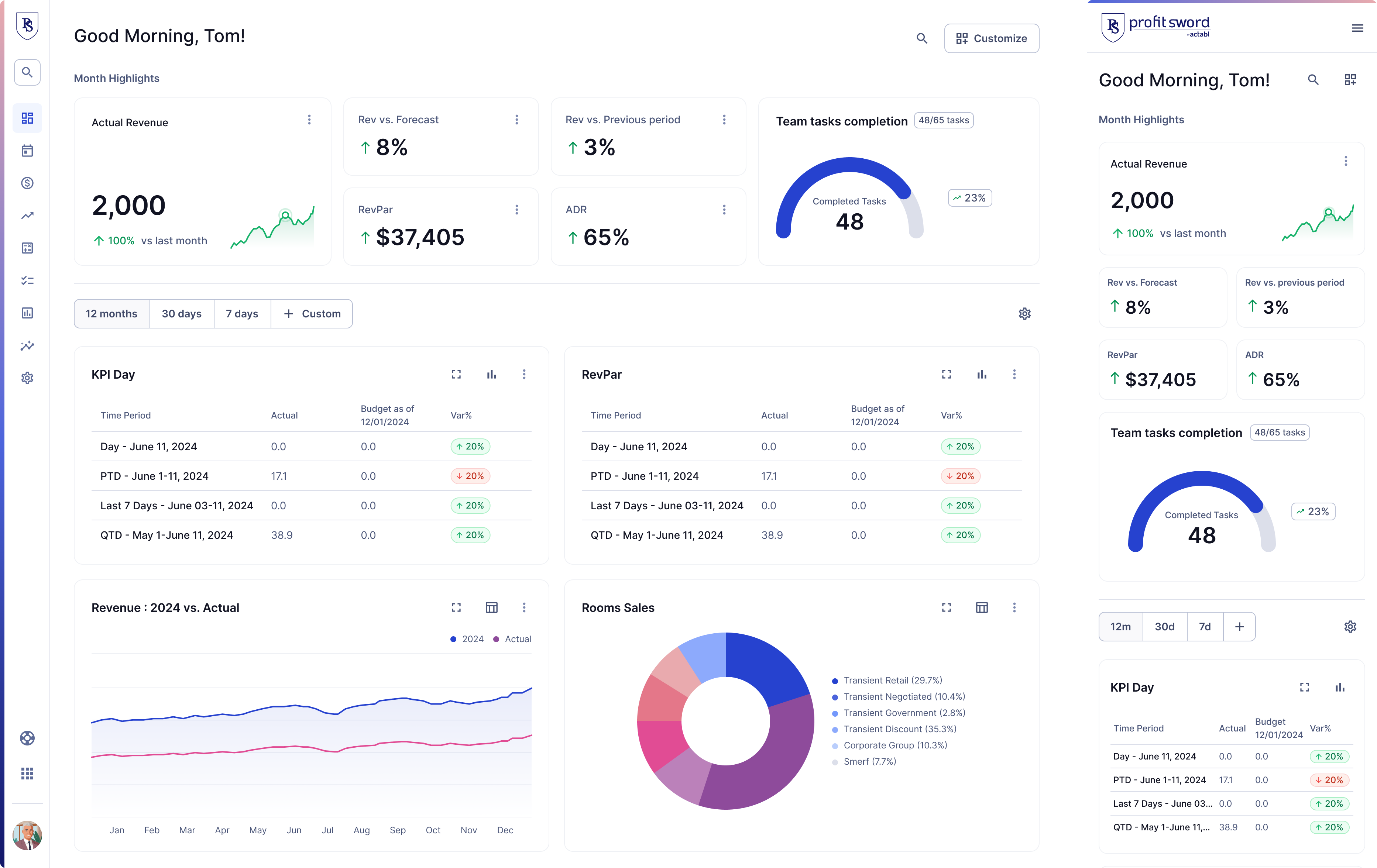
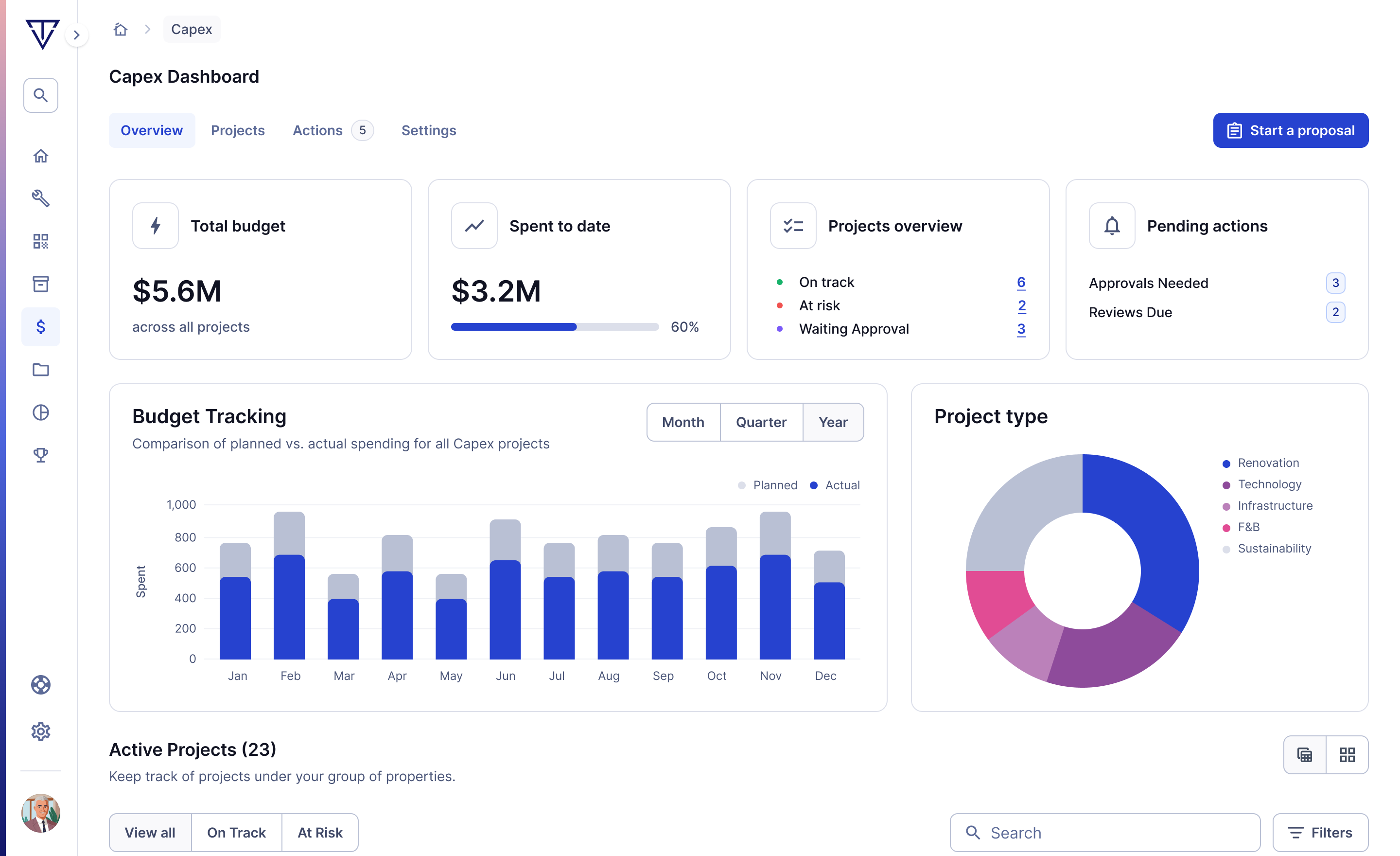
Bellhop: AI-Ready Design System
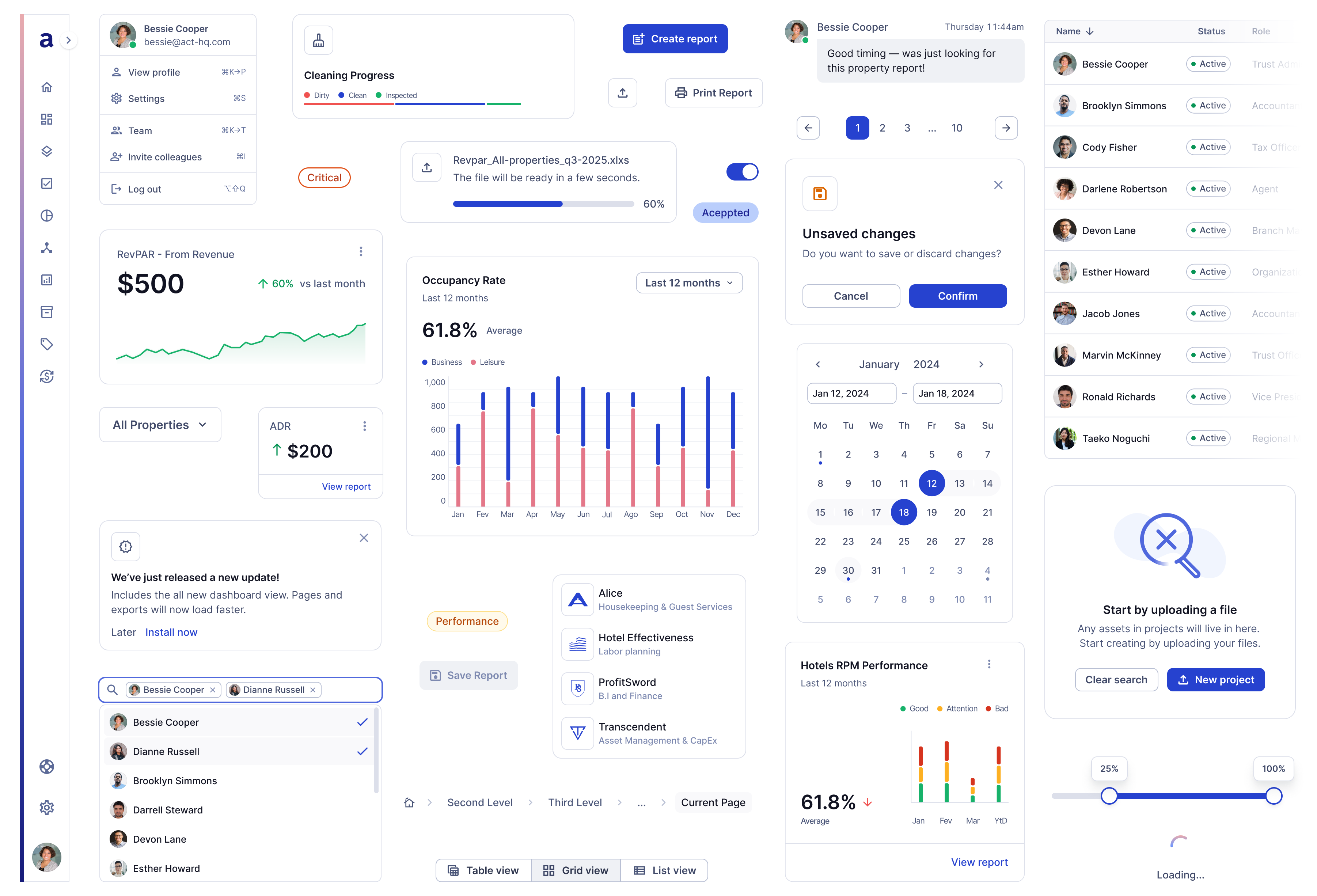
Built Bellhop Design System—inspired by hospitality's essence, named after the role that helps guests navigate hotels.
- Designed for both traditional code implementation and AI-powered builders
- Included LLM documentation and integration with AI tools
- Created well-crafted templates ensuring high-quality deliveries while accelerating development
Impact Across Scale
Organizational Transformation
- Design-first thinking adopted across product development
- Standards enabling 5 designers to work independently while maintaining coherence
- Framework connecting every design decision to business outcomes
Scalable Foundation
- Bellhop design system enabling consistent quality across 4 product lines
- AI-ready documentation supporting both traditional and emerging development approaches
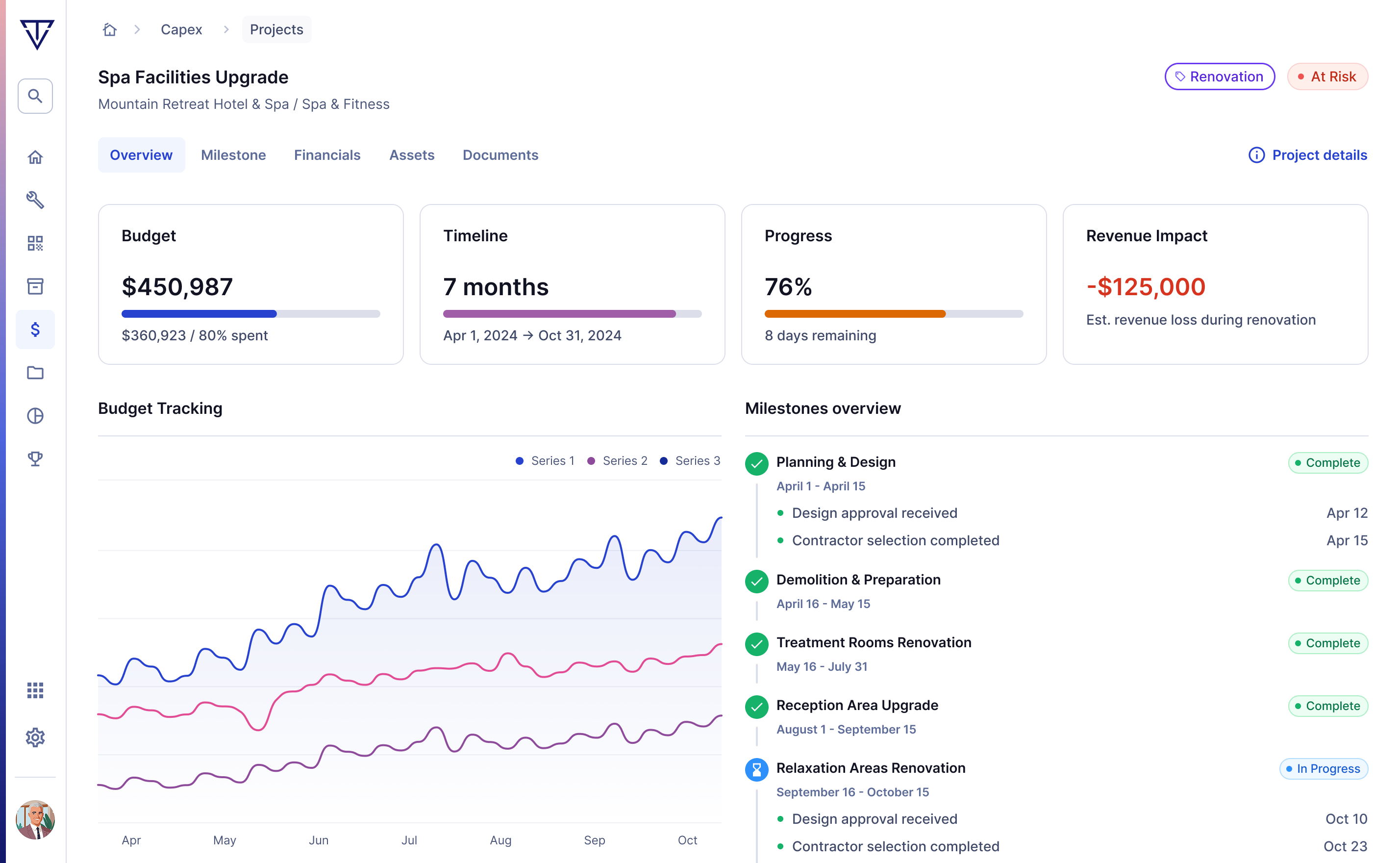
What Made This Work
Storytelling bridged technical and emotional value
The hospitality-infused presentation deck made complex design philosophy instantly understandable—critical for securing buy-in from non-design stakeholders at the Atlanta off-site.
Research gave us credibility
The Aesthetic-Usability Effect wasn't opinion—it was science. This transformed stakeholder conversations from "Should we invest in design?" to "How do we maximize design impact?"
Foundations enabled autonomy
By creating robust base UIs and patterns, I unlocked 5 designers to focus on solving user problems rather than reinventing components. Scale came from systems, not control.
Future-proofing through AI integration
Building Bellhop as an AI-ready design system positioned Actabl to leverage emerging development tools while maintaining design quality and consistency.
Mentorship multiplied impact
Rather than owning implementation, I created patterns and mentored designers—enabling them to bring vision to life across products while I focused on systemic improvements.
